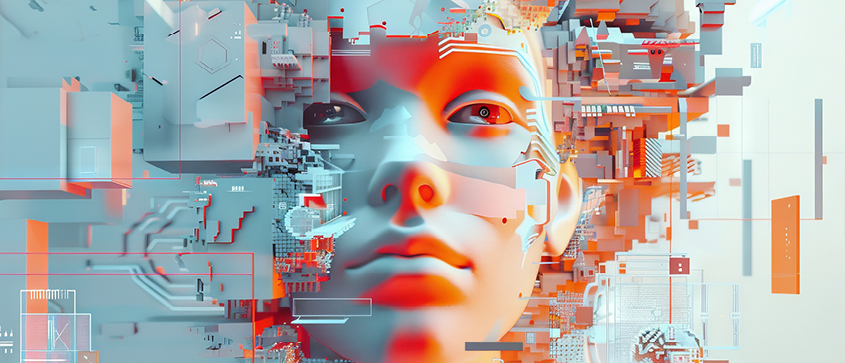“This new AI technology—it’s very interesting to learn how it works and understand it more,” says 10-year-old Luca, a young AI model maker. Luca is one of the first kids to try Little Language Models, a new application from Manuj and Shruti Dhariwal, two PhD researchers at MIT’s Media Lab, that helps children understand how…
“This new AI technology—it’s very interesting to learn how it works and understand it more,” says 10-year-old Luca, a young AI model maker.
Luca is one of the first kids to try Little Language Models, a new application from Manuj and Shruti Dhariwal, two PhD researchers at MIT’s Media Lab, that helps children understand how AI models work—by getting to build small-scale versions themselves.
The program is a way to introduce the complex concepts that make modern AI models work without droning on about them in a theoretical lecture. Instead, kids can see and build a visualization of the concepts in practice, which helps them get to grips with them.
“What does it mean to have children see themselves as being builders of AI technologies and not just users?” says Shruti.
The program starts out by using a pair of dice to demonstrate probabilistic thinking, a system of decision-making that accounts for uncertainty. Probabilistic thinking underlies the LLMs of today, which predict the most likely next word in a sentence. By teaching a concept like it, the program can help to demystify the workings of LLMs for kids and assist them in understanding that sometimes the model’s choices are not perfect but the result of a series of probabilities.
Students can modify each side of the dice to whatever variable they want. And then they can change how likely each side is to come up when you roll them. Luca thinks it would be “really cool” to incorporate this feature into the design of a Pokémon-like game he is working on. But it can also demonstrate some crucial realities about AI.
Let’s say a teacher wanted to educate students about how bias comes up in AI models. The kids could be told to create a pair of dice and then set each side to a hand of a different skin color. At first, they could set the probability of a white hand at 100%, reflecting a hypothetical situation where there are only images of white people in the data set. When the AI is asked to generate a visual, it produces only white hands.
Then the teacher can have the kids increase the percentage of other skin colors, simulating a more diverse data set. The AI model now produces hands of varying skin colors.
“It was interesting using Little Language Models, because it makes AI into something small [where the students] can grasp what’s going on,” says Helen Mastico, a middle school librarian in Quincy, Massachusetts, who taught a group of eighth graders to use the program.
“You start to see, ‘Oh, this is how bias creeps in,’” says Shruti. “It provides a rich context for educators to start talking about and for kids to imagine, basically, how these things scale to really big levels.”
They plan for the tool to be used around the world. Students will be able to upload their own data, monitored by their teacher. “[Students] can also add their own sounds, images, and backdrops that represent their culture,” says Manuj.
The Dhariwals have also implemented a tool where kids can play around with more advanced concepts like Markov chains, where a preceding variable influences what comes after it. For example, a child could build an AI that creates random houses made from Lego bricks. The child can dictate that if the AI uses a red brick first, the percentage of yellow brick coming next is set much higher.
“The best way to support young people as creative learners is through helping them work on projects based on their passions,” says the Dhariwals’ PhD advisor Mitch Resnick, co-creator of Scratch, the most famous program in the world for teaching kids to code. “And that’s what Little Language Models does. It lets children take these new ideas and put them to use in creative ways.”
Little Language Models may fill a hole in the current educational landscape. “There is a real lack of playful resources and tools that teach children about data literacy and about AI concepts creatively,” says Emma Callow, a learning experience designer who works with educators and schools on implementing new ways to teach kids about technology. “Schools are more worried about safety, rather than the potential to use AI. But it is progressing in schools, and people are starting to kind of use it,” she says. “There is a space for education to change.”
Little Language Models is rolling out on the Dhariwals’ online education platform, coco.build, in mid-November, and they’re trialing the program at various schools over the next month.
Luca’s mom, Diana, hopes the chance to experiment with it will serve him well. “It’s experiences like this that will teach him about AI from a very young age and help him use it in a wiser way,” she says.


